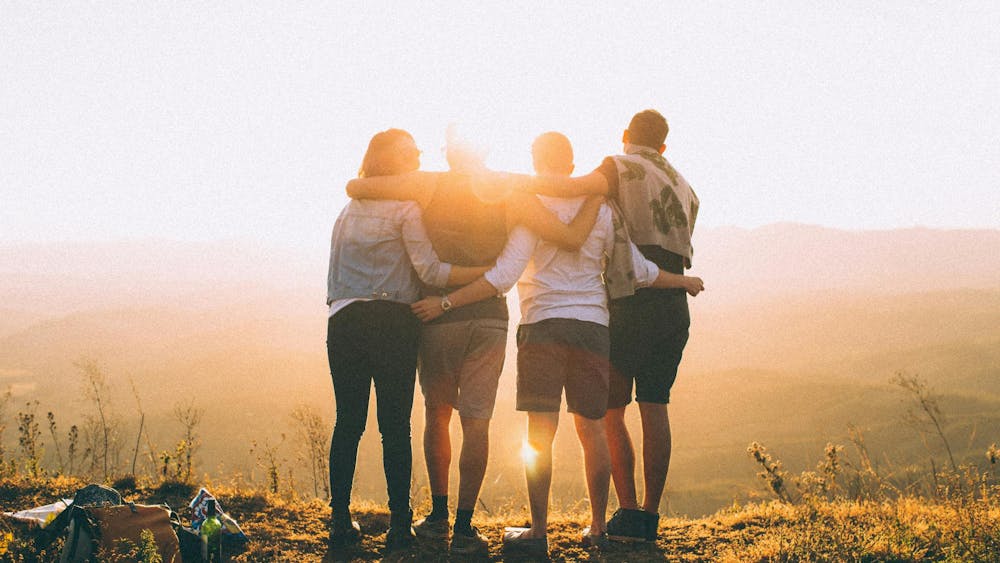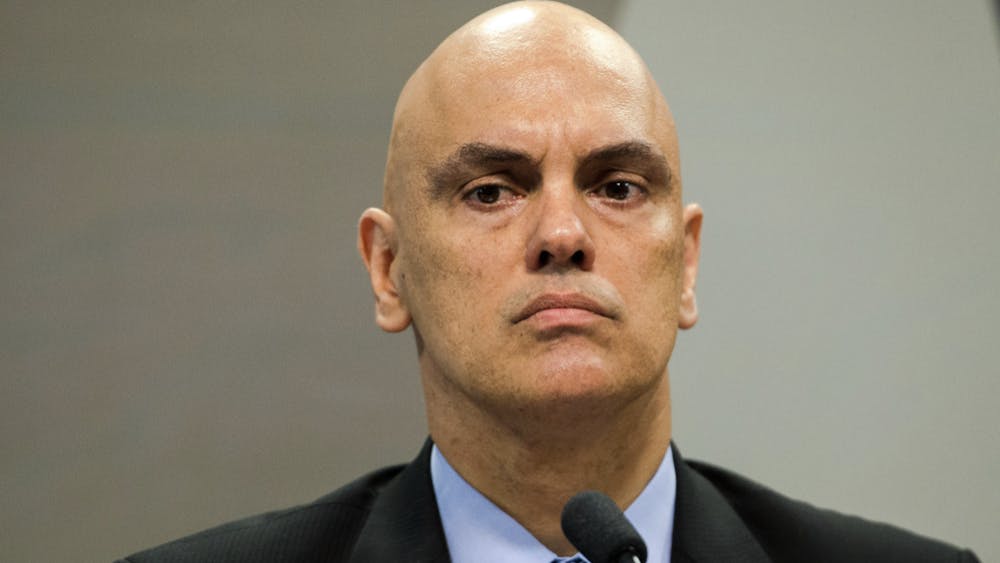When I was a child, I loved brownies. My parents used to bake them on the weekend, and I still remember the sweet smell of melted chocolate and roasted almonds that would remove me from whatever I was doing, and escort me swiftly to the kitchen. Arriving with a cavernous stomach and an insatiable appetite, I was always politely greeted by a delicious tray of my favorite treat. At a certain age, I decided I was ready to make them myself. Wandering into the pantry without my parent’s permission, I selected a box of Ghirardelli Triple Chocolate Brownie Mix. On the cardboard container was a photograph of the luxury item I longed to create, but to my dismay, the box produced nothing more than a bland bag of brown powder. Learning that it also took eggs, oil, and tedious preparation to produce the full-flavored treat I so adored was a valuable lesson on the complexity of most things in life.
People are similar to brownies in many ways. Both are the result of a complicated recipe made from a broad set of ingredients. Different than brownies, however, each person is made from a slightly different recipe, and the process by which they are produced continues throughout their life. From conception to death, the many factors that collaborate to make a human continuously thread together like fingers forming an organic string figure. Sex, gender, race and religion make up one hand. Education, family, location and class compose the other. Through brilliantly coordinated conflict and cooperation they combine to create a whole person; and with a slight shift in any one of these conditions, all the others can change in reply. This un-orchestrated performance is the complexity described and potentially captured in the concept of intersectionality.
Originally proposed by legal scholar Kimberle Crenshaw, “because the court believed that black women should not be permitted to combine their race and gender claims into one,” the concept of intersectionality has since “broadened to encompass a number of additional social factors — sexual orientation, nationality, class, disability and others.” Due to its usefulness in revealing the complex reality of ‘privilege,’ intersectionality has been championed by social activists as both“a rallying cry for more expansive progressive movements and a chastisement for their limitations,” but is the concept of intersectionality itself free of limitations?
Inherent in its approach are the labels that society uses to control each ingredient in the human recipe; the fundamentally inequitable categories that we use to characterize “race,” “gender” or “sexual orientation.” This is problematic, because these categories don’t capture the specific, complex realities of individuals, but they can inversely create realities. For example, describing someone as “homosexual” won’t represent the dynamic, variable nature of their sexuality, but it can cause them to experience the reality that society decides for “homosexuals.”
Put another way, intersectional approaches are limited, because they must work with words, labels and divisions that already exist; that have the power to shape our bodies and feelings in real ways; and that ignore individual variation and dynamicity. To nail in the importance of this point, it is essential to note that biology and anthropology have shown us that every person’s experience of sex, gender, race, religion, education, family, location, class, et cetera is a moving point on a massive spectrum; not a type A, B, or C that can be neatly organized in a kitchen cupboard. Furthermore, these components of the human recipe are constantly changing, and as the cat’s cradle metaphor demonstrates, shifts in any one of them can cause changes in the rest. But there is still a way to keep this string figure from becoming a tangled ball of yarn.
While intersectionality isn’t perfect, it does provide us with a tactical toolkit for diagnosing and dissecting difficult issues of inequity. This tactic may fail to fully represent each issues’ complexity, but by using an intersectional approach to, at the least, expose them, we can begin to deconstruct the inequalities that are deeply engrained in our society. This on its own is valuable, because treating any sickness begins with knowing its symptoms, and intersectionality makes injustice visible to us. It does so by giving everybody a voice, and therefore validating all claims; not by making them equal, but by ensuring that they are heard. Then, once we have empowered everybody, and put away our microphones to ensure that we aren’t granting any particular context preference over the others, we can work towards solutions that benefit everybody.
This may sound standard, and if it does, that’s good, but even then the battle still lies ahead. To know about intersectionality is one thing; to fully understand, accept, and embody it is another. The other day, a Christian friend told me he understood that some people want dogs, but he will never be able to understand what it’s like to be someone who does. Seizing this rare opportunity, I turned his question around, and asked him whether he understood that some people are Muslims, or what it’s like to be a Muslim? His initial response was the latter, because he is a well-educated Notre Dame student. He has seen statistics about the other, read articles on the other, and perhaps even engaged in conversations with the other. Therefore, it seems reasonable to assume that he knows what it’s like to be the other.
After discussing intersectionality, we came to agree that neither of us will ever understand what it’s like to be anyone aside from ourselves, but the challenge remains in the fact that this wasn’t our innate reaction. That is the difference between knowing how important intersectionality is, and fully accepting it to the point that it becomes automatic. To realize the full potential of an intersectional approach, we must completely embody it. Fortunately for us, this is more achievable now than ever, and by actively accepting that race, gender and sexuality all matter, I believe that we can make the world safe for everybody who shares it.













